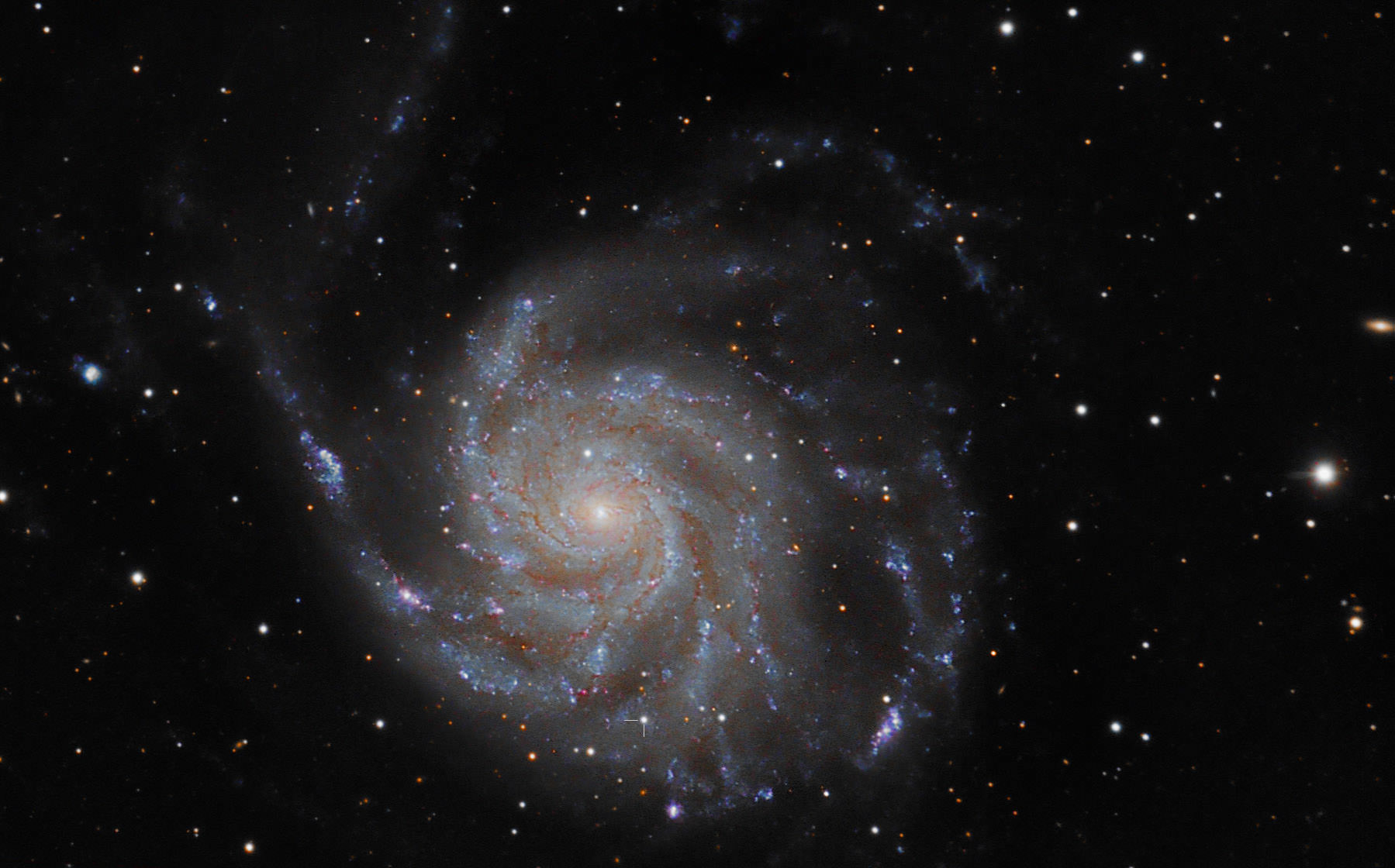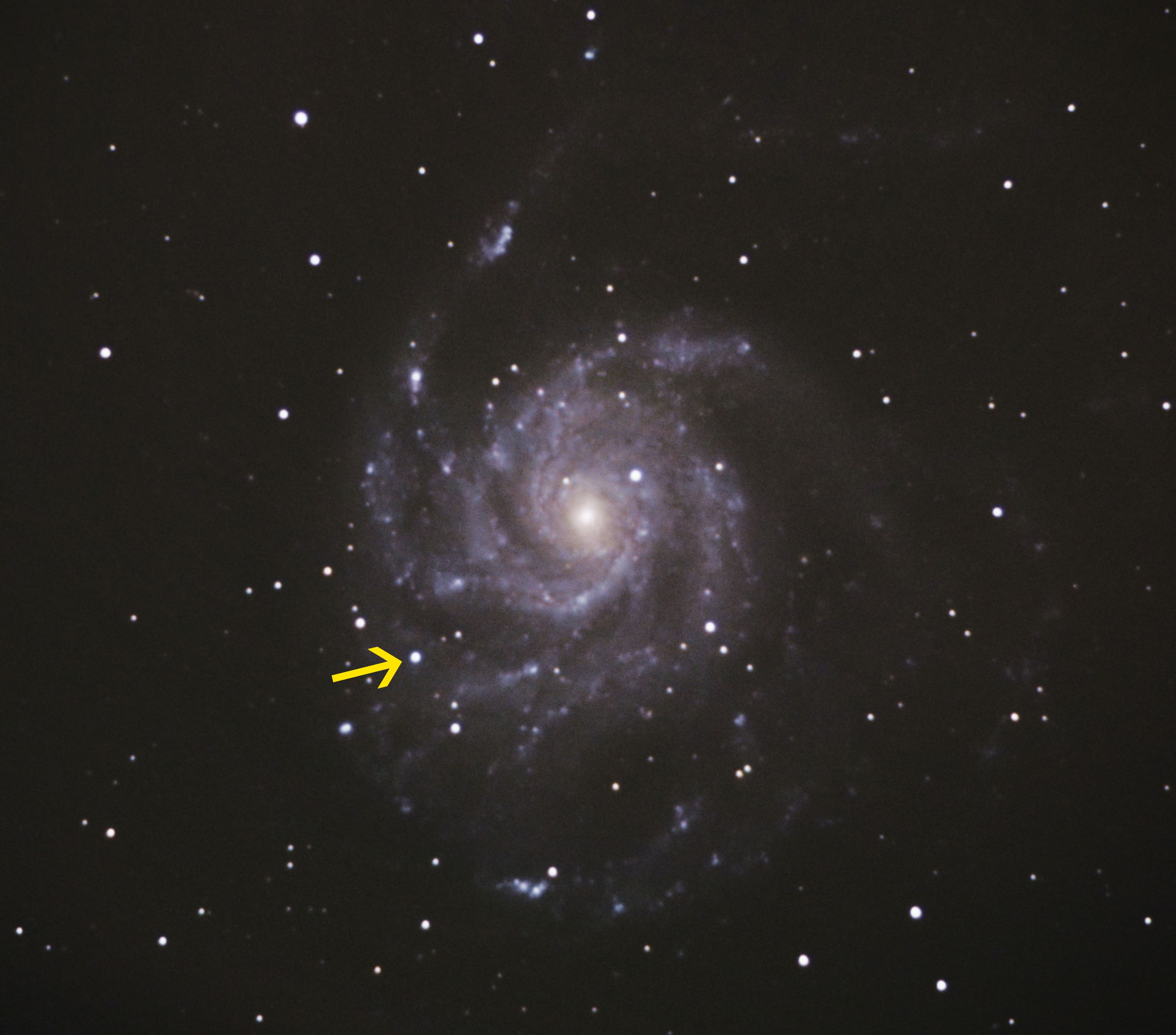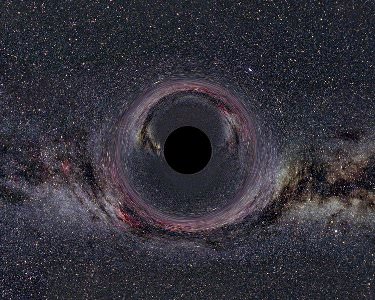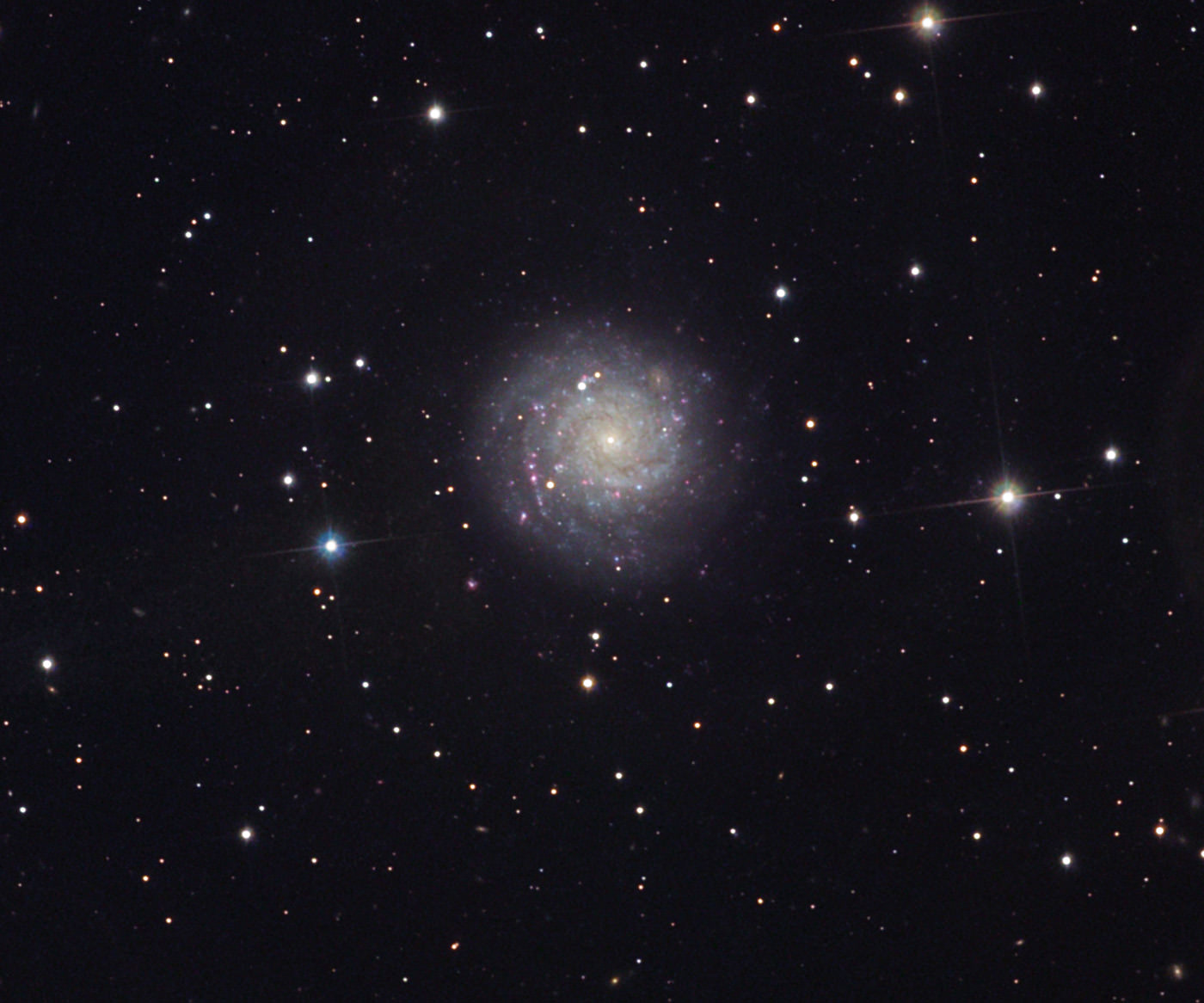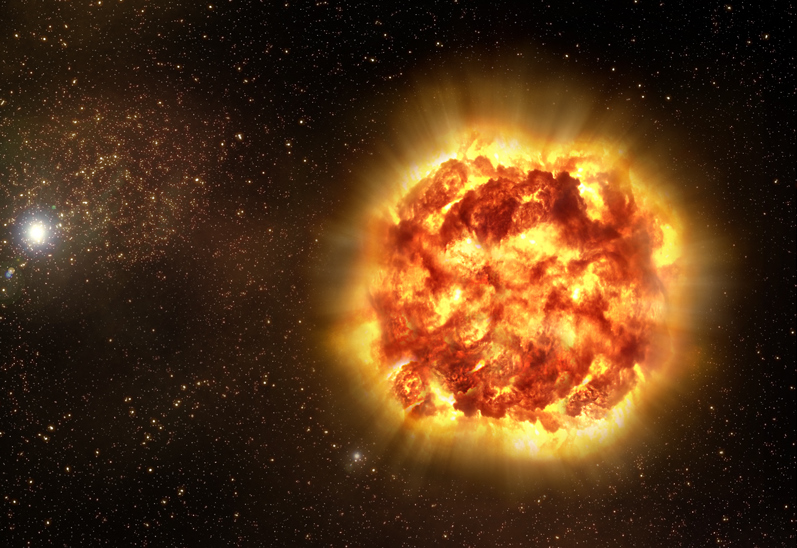[/caption]
The International Astronomical Union (IAU) is the sole body responsible for the official naming of astronomical objects. So if you have a problem with the way things in the Universe are named, you now know where to send your email and letters of protest.
Before we get into this, a quick grammar note. When we discuss more than one supernova, they are called supernovae (super- no- vee), not supernovas. The same holds true for more than one nova. They are novae (no- vee). Please don’t write and ask me about Novas. Those are old Chevrolets, not stars.
Fortunately, the naming convention used for supernovae is pretty simple and straightforward.
The name is formed by combining the prefix SN, for supernova, the year of discovery and a one- or two-letter designation. The first 26 supernovae of the year get an upper case letter from A to Z (SN 1987A). After that, we start over with pairs of lower-case letters are used, starting with aa, ab, and so on (SN 2005ap).
Of course there are exceptions, there are always exceptions. That’s one of the things about astronomical nomenclature that is maddening, but I digress…
Four important historical supernovae are known simply by the year they occurred- SN 1006, SN 1054, SN 1572 (more commonly referred to as Tycho’s Nova), and SN 1604 (also known as Kepler’s Star).
One reason I’m bringing this subject up now is that we are ending the year, so we are approaching the time where we reset the naming schema for 2012 and the first supernova of the new year will get named SN 2012A. With the annual number of discoveries rising each year to well over 500, it is always a bit surprising how long it takes for that first one of the year to get named. So each year we hold an unofficial contest to see who will discover the first SN of the new year.
One of the reasons it usually doesn’t occur on the first day of the year is that supernova discoveries have to be officially confirmed spectroscopically before they get an official IAU designation. When someone discovers a possible supernova it gets reported to the IAU and then listed on the CBAT Transient Objects Confirmation Page. If it is a possible SN it gets a temporary designation of PSN (possible supernova) followed by its coordinates (PSN J01560719+1738468).
Only after someone has taken a spectrum confirming it is a supernova does it get a name with the year and letter combination. This can take several days, so it is unlikely a SN discovered on January 1 will be named until later in the week or the second week of the month. If it were discovered on December 23rd and confirmed on the 1st of January it would still get a name from the previous year.
This time lag will not be acceptable in the near future, with surveys like LSST coming on line. Astronomers will want immediate notification of discoveries of all types of transient objects including supernovae, so what has happened is new groups searching for SNe have begun to make up their own names.
The Catalina Real Time Survey is one such group. They are discovering dozens of possible supernovae that don’t always get official IAU designations. Their discoveries are all named CSS (Catalina Sky Survey) followed by the date in yymmdd format and then the rough coordinates, like this CSS111227:104742+021815. Crazy, huh?
ROTSE, the Robotic Optical Transient Search Experiment, also discoveries SNe and gives them their own designation in the form of ROTSE3 (the third iteration of this experiment) followed by coordinates, such as ROTSE3 J133033.0-313427.
And there is the Palomar Transient Factory which names its discoveries with the prefix PTF of course, such as PTF11kly, the nearest supernovae in decades, visible with small telescopes in M101. This SN eventually received an IAU designation, SN 2011fe, but that just created more confusion, since now it is known variously by both names in the literature.
Somehow managing to keep it all together amidst the confusion, David Bishop maintains the Latest Supernova Website where you can see discovery images and keep track of your favorite supernovae and related news. There is an excellent article about David and how his website evolved from simple beginnings.
So if you’re asking WTF? about the latest SNe the on the WWW the URL that will lead you through the ABC’s is definitely http://www.rochesterastronomy.org/supernova.html.
Got that? Good, there will be a quiz later…


